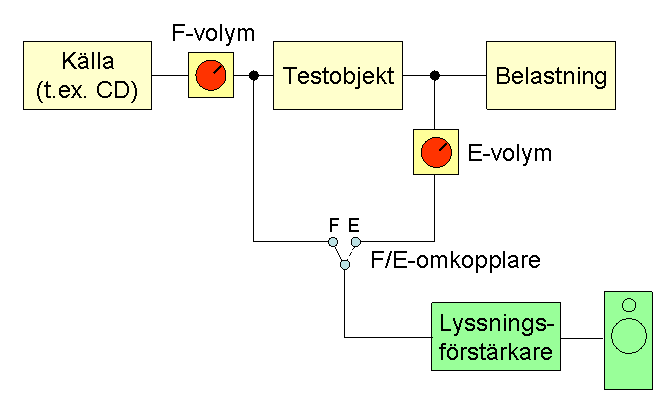Nightlord
Active Member
I respectfully disagree. Sunfire amps used a similar idea. They were better amps. NAD 208 isn't that special. Not even as special as some of the newer NAD class D offerings. Back in those days a Conrad-Johnson MOSFET of equal power and greater current output without the problems was a much better amp. Those will have resale values for years to come. Made like a brick shitehouse. I beat one badly for years on my horridly inefficient Soundlabs and all it did was put out nice music without complaint or issue. Dead quiet amps too. Even it doesn't match my current class D Wyred4Sound amps. They sound almost like a monstrously powerful Spectral.
New NAD class D will be detected in a Before/After blind listening test, NAD208 is not detected at all until you reach the switch to the higher power rail and then it's still only very faint coloration. Best amp tested is the Bryston 14BSST2 and the NAD 208 doesn't test that far behind. Inbetween the two you find the Rotel 1090. There's also an old extremely expensive Halcro that's made it, and a few Swedish amps. Everything else have been quite a bit easier to disqualify as transparent. I'm, as you might understand by now, not interested in amps that sound anything, I'm interested in amps that doesn't. And that's where you find the NAD 208 and that's why it's so special. If you don't want transparent amps, then of course it's nothing special.
On a technical side... Sunfire's tracking downconverter and the class-G in the NAD is quite a bit different, as the NAD uses two power rails and Sunfire use a technology to vary the level on the power rail to stay just a few volts over what's needed (up to about 10kHz). I had the first Sunfire Load Invariant power amp myself once. (Got rid of it after I had blown up the powersupply twice.)

